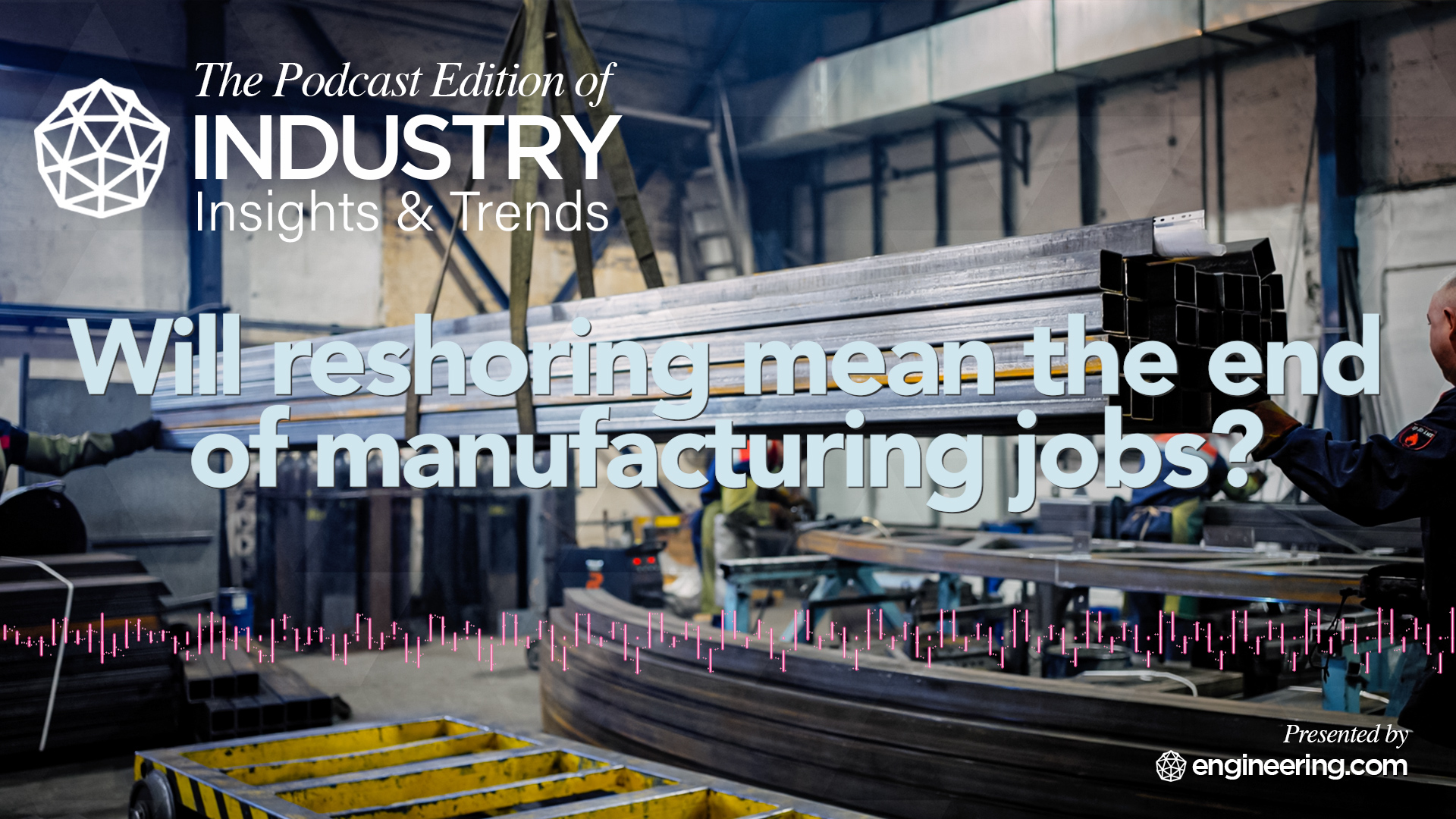Manufacturing's Homecoming: Can Reshoring Revive American Jobs?

In the rapidly evolving landscape of technology and manufacturing, the intersection of global trade, artificial intelligence, and industrial strategy has become increasingly complex. Roopinder Tara, Editor-in-Chief of Engtechnica.com, offers a nuanced perspective on the critical challenges facing modern manufacturing and technological innovation.
Tariffs have emerged as a powerful tool reshaping global supply chains, compelling companies to reconsider their traditional manufacturing strategies. The ongoing geopolitical tensions have accelerated a trend toward reshoring—bringing manufacturing capabilities back to domestic markets. This shift is not merely a reaction to trade policies, but a strategic realignment driven by multiple factors.
Artificial Intelligence is playing a transformative role in this industrial renaissance. AI-driven technologies are enabling more efficient, precise, and adaptive manufacturing processes. Companies are discovering that advanced automation and intelligent systems can offset the potential cost increases associated with reshoring, making domestic production increasingly competitive.
The convergence of these trends—tariff pressures, reshoring initiatives, and AI innovation—represents a fundamental reimagining of how and where technology and products are created. Businesses that can successfully navigate this complex landscape will be positioned to thrive in the emerging global economic environment.
As industries continue to adapt, the role of technology in manufacturing will only become more critical. The future belongs to those who can leverage AI, understand global trade dynamics, and remain agile in the face of constant change.
